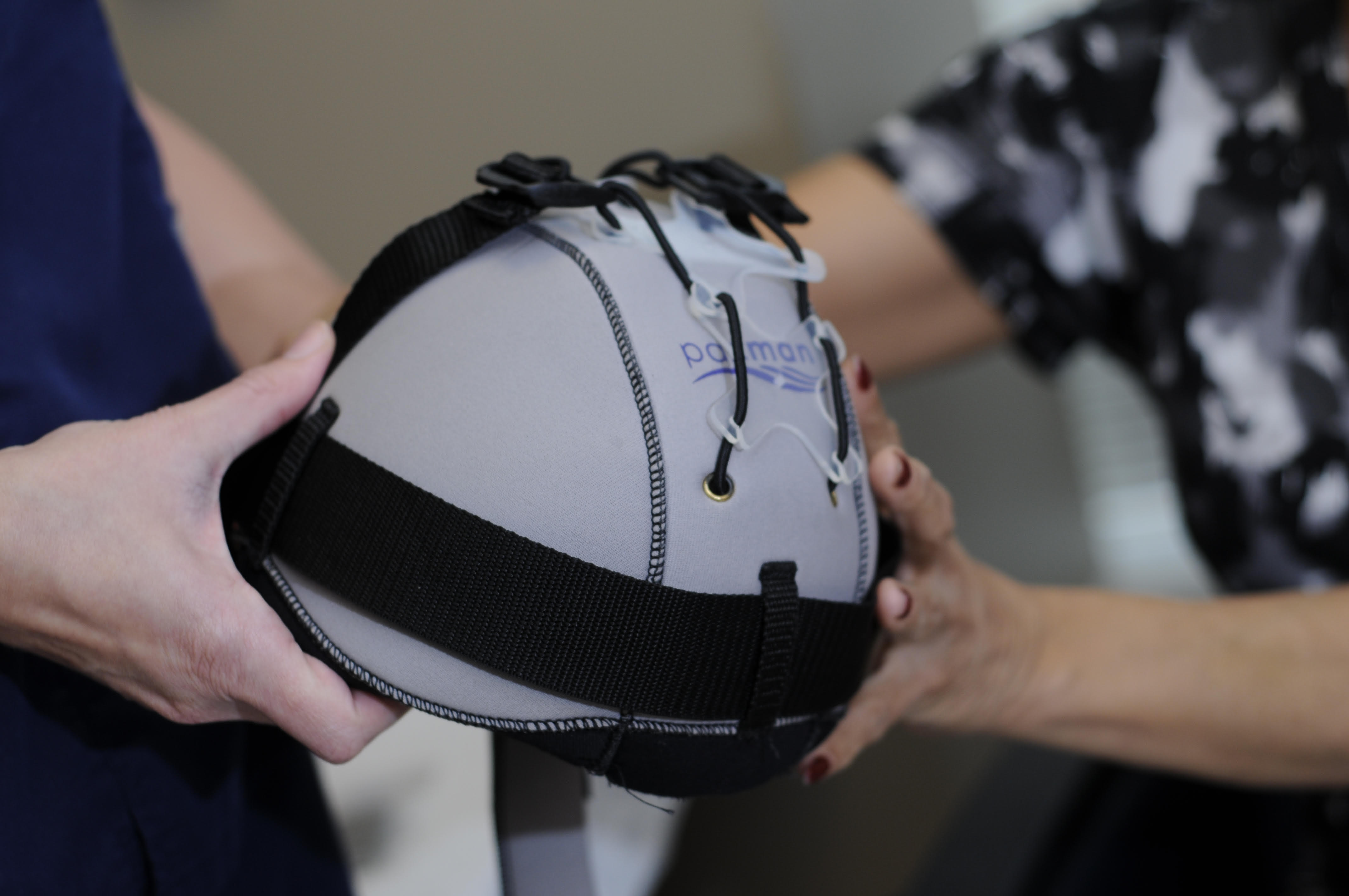Skin Cancer Awareness: The truth behind SPF numbers
Planning to hit the beach or swimming pool this summer? Take precautions to protect your skin.
May is Skin Cancer Awareness Month, a great time to be aware of risk factors and preventative actions. Prominent risk factors include lighter skin color, family history of skin cancer, and exposure to the sun through work and play.
There are two types of sun ultraviolet (UV) radiation – UVA and UVB. UVA is associated with aging and can cause wrinkles, leathering, and skin sagging. UVB rays cause the skin to burn. Both types of radiation can exacerbate carcinogens. Broad spectrum sunscreen helps prevent both UVA and UVB radiation from reaching the skin.
What is SPF?
When choosing a broad spectrum sunscreen, it’s important to understand Sun Protection Factor (SPF). Contrary to popular belief, SPF is not how strong your sunscreen is – rather, it helps determine how long the skin is protected from radiation.
For example, say it takes 20 minutes for your skin to turn red in the sun; a SPF 15 sunscreen will prevent reddening for 15 times longer, which is about five hours. In terms of percentage filter, an SPF 15 sunscreen filters out about 93 percent of all incoming UVB rays, while an SPF 30 filters out 97 percent.
How to protect your skin
Regardless of SPF, sunscreens do not block all UV rays completely. No sunscreen is expected to stay active for longer than two hours without reapplying. A great rule of thumb while out on the beach or swimming is to reapply every hour. Apply every two hours during work or leisurely play.
Remember to seek shade between 10 a.m. and 4 p.m. – this is when UV radiation is strongest. Checking the UV index in your area is also helpful. The index scale indicates at what hour the UV rays are strongest within the day. If you are out during peak hours, wear a big-brimmed hat for extra protection.
Examining skin health
It’s also important to examine your skin every month. Search for suspicious spots that may have grown and look for skin changes using the ABCDE rule:
- Asymmetry
- Borders
- Color
- Diameter larger than a pencil eraser
- Evolving moles
Be sure to see your dermatologist every year for a thorough head-to-toe skin exam. To schedule a visit with a Baylor College of Medicine dermatologist, call 713-798-6131 or request an appointment online.
-By Kim Chang, aesthetician at the Baylor Aesthetics Studio





Pingback: Experts offer tips to stay safe this summer